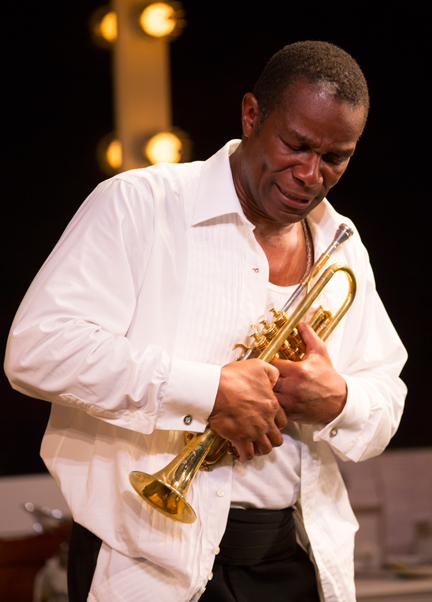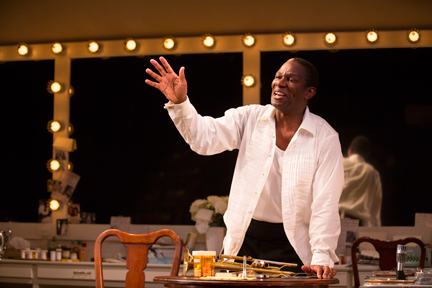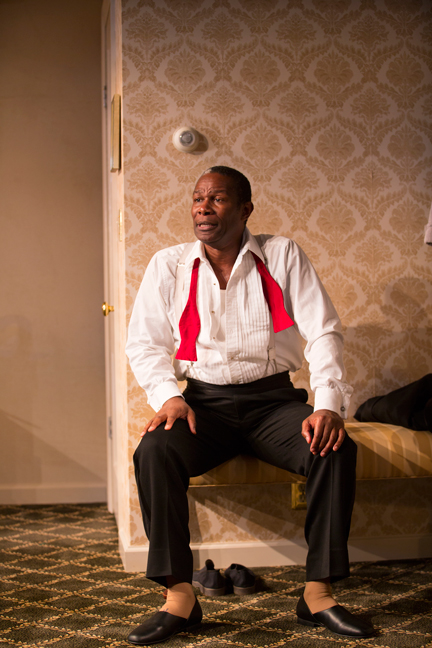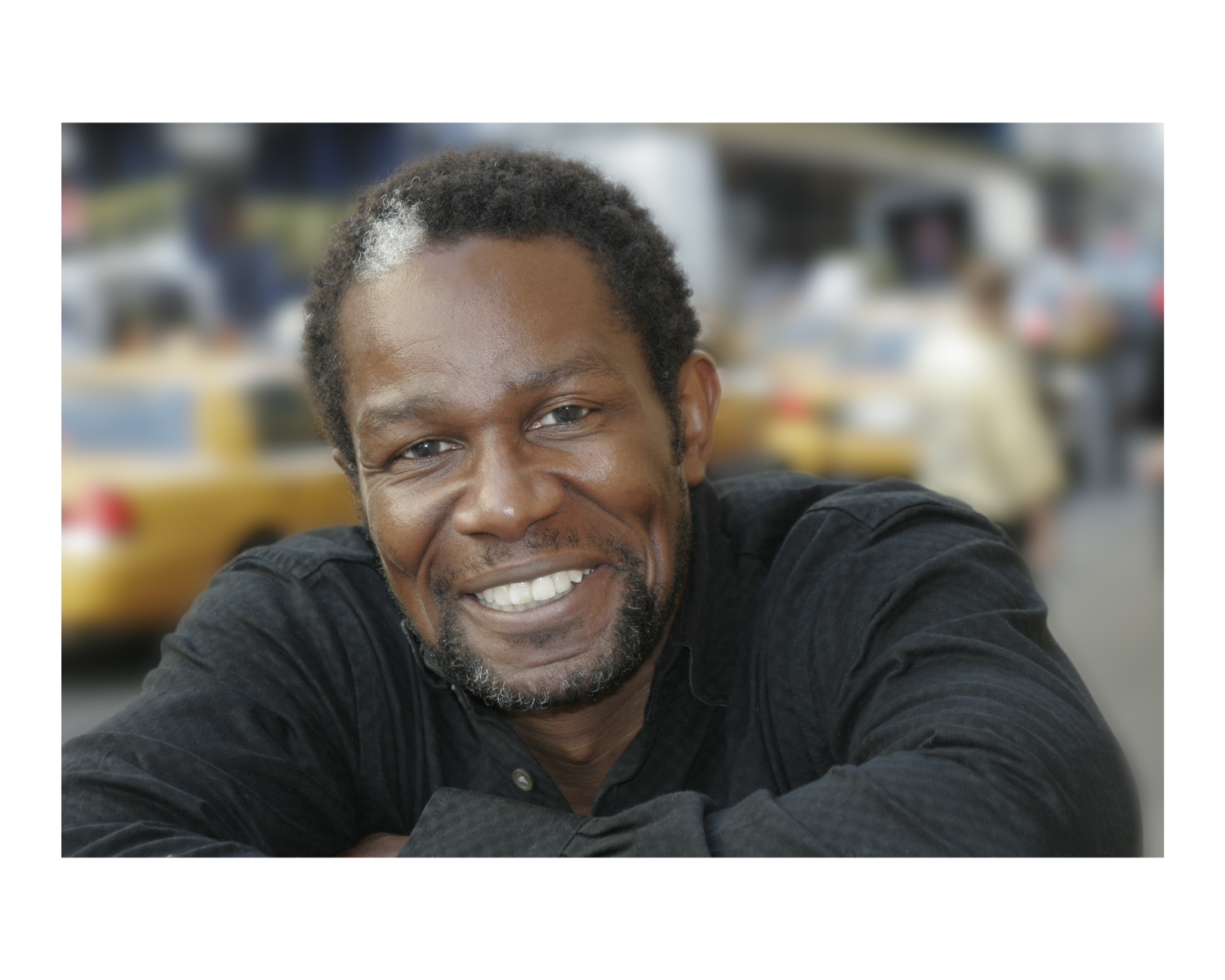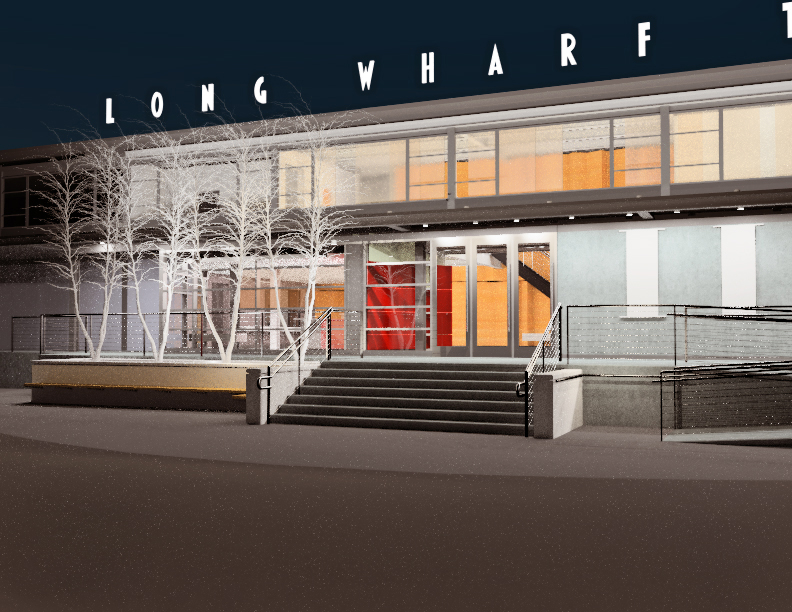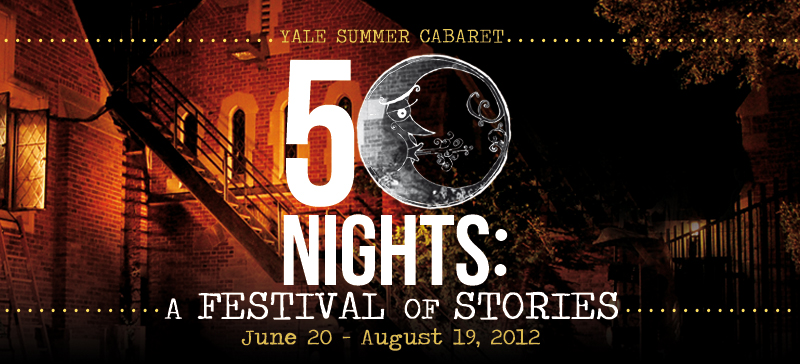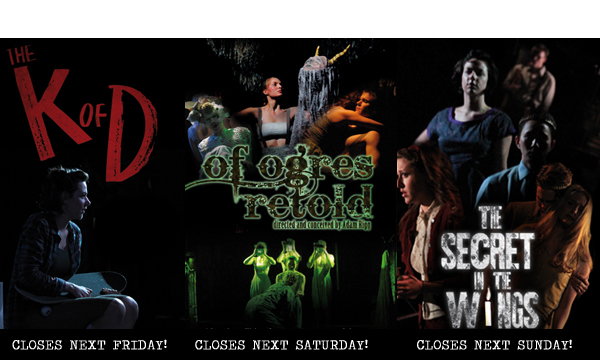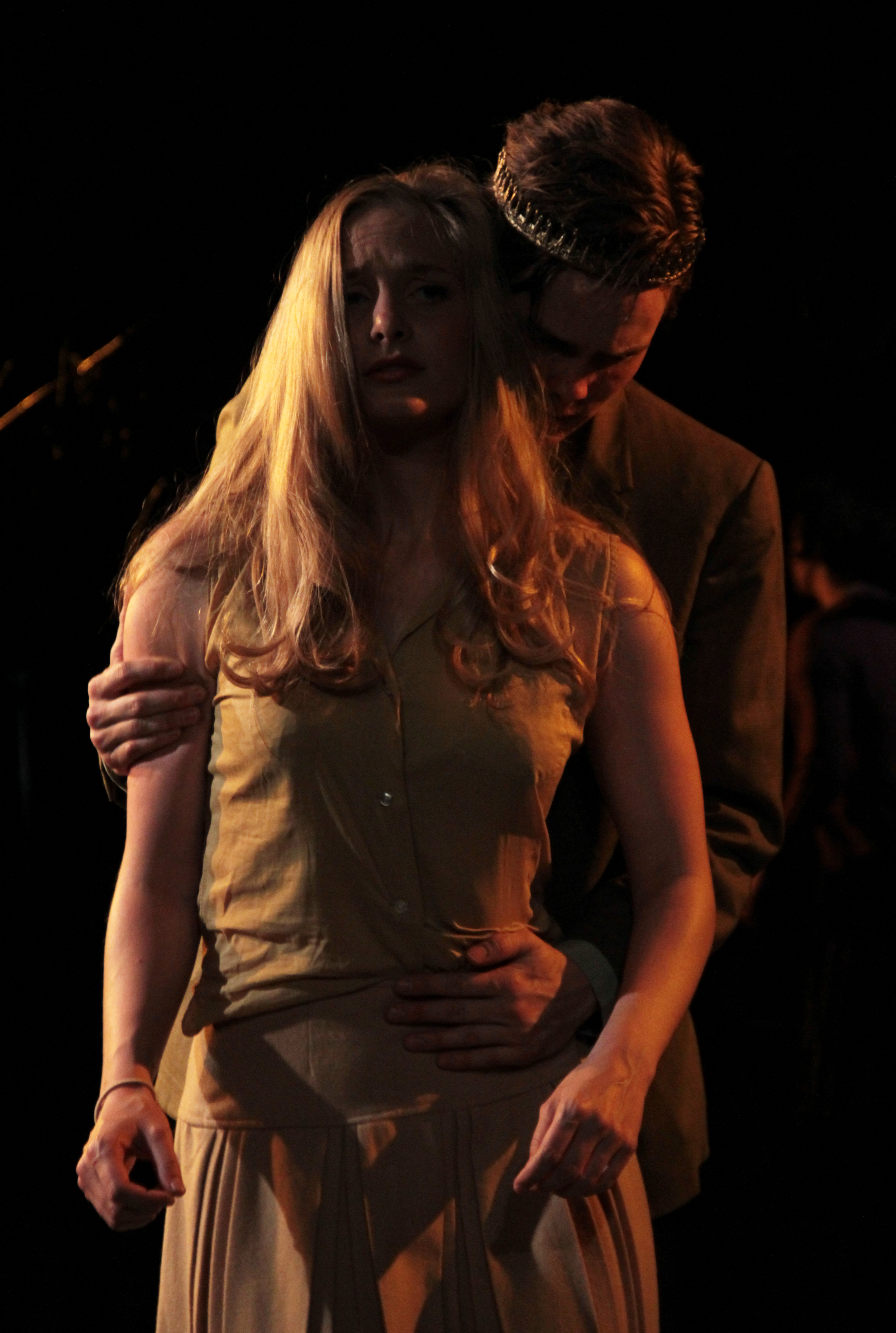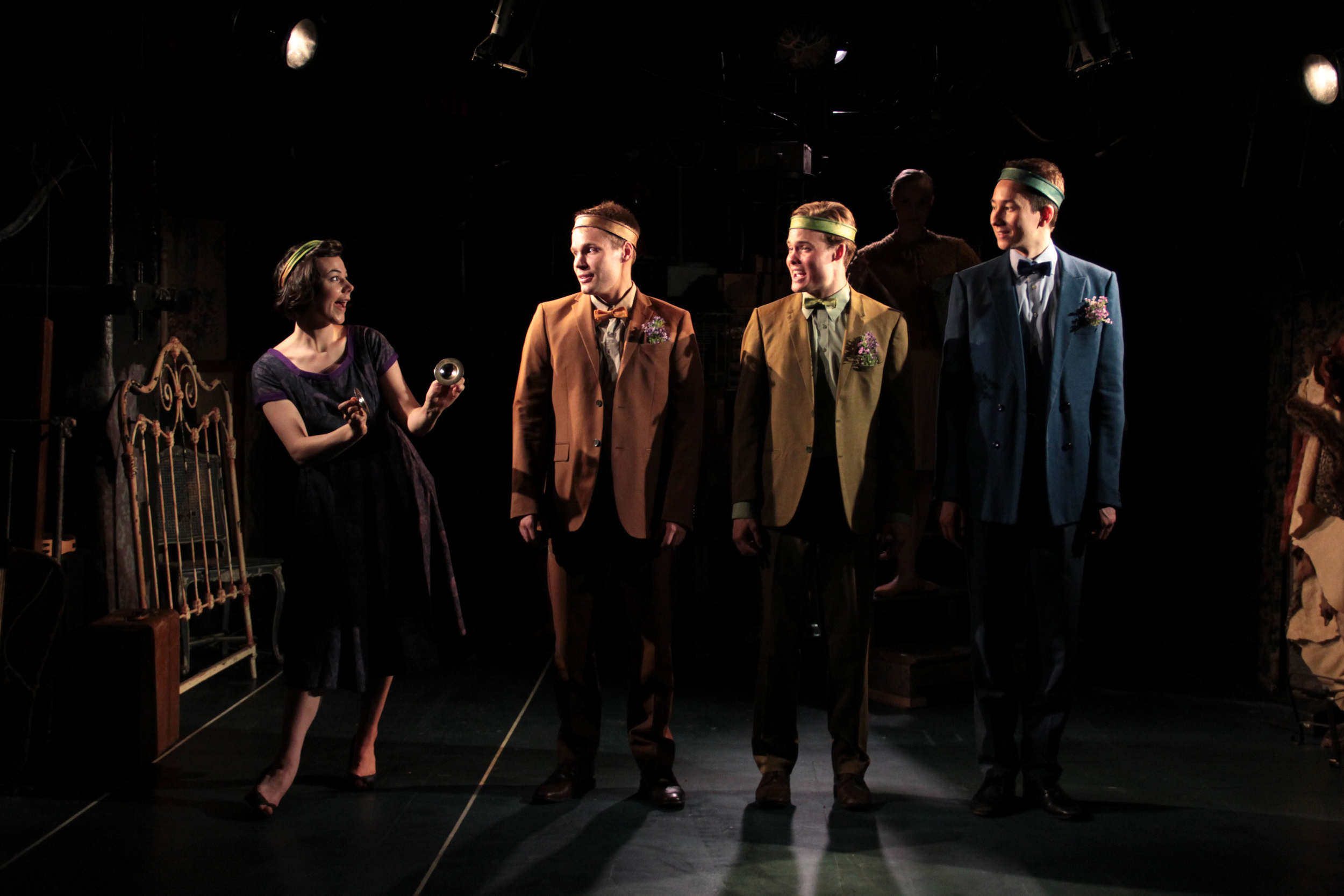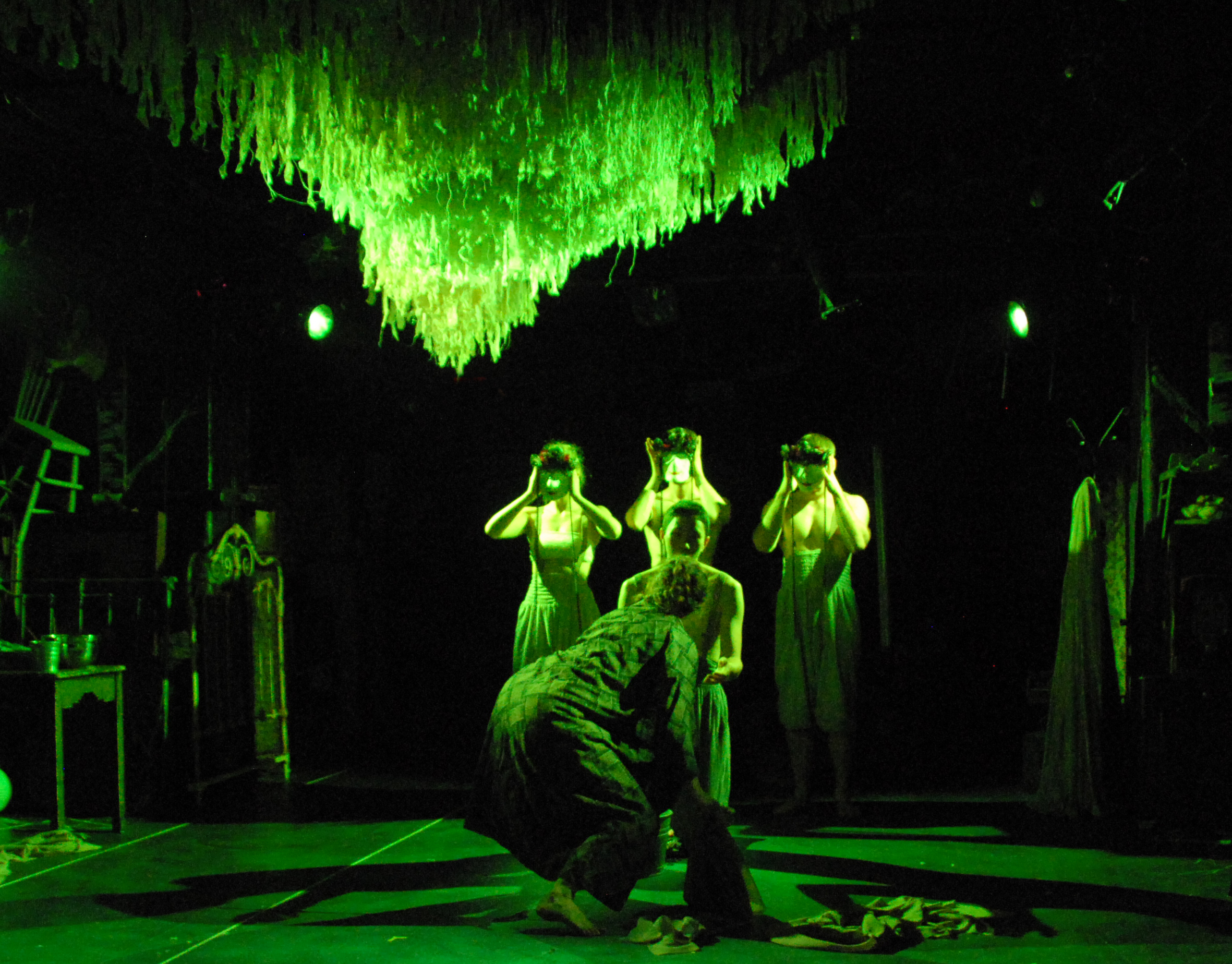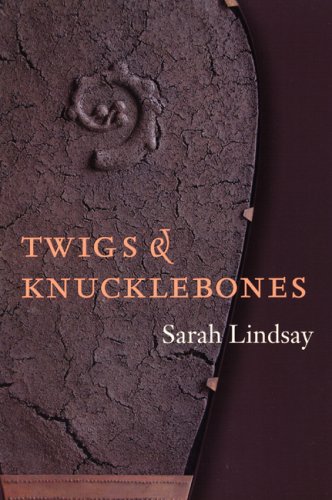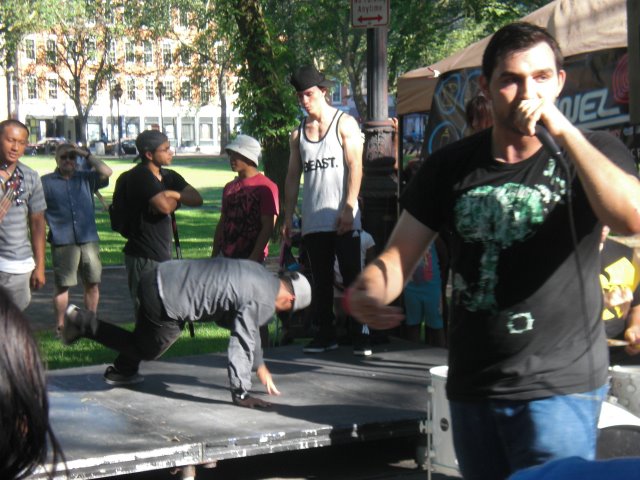After a brief week's hiatus, the Yale Cabaret resumes this week. First up is a play about which not much can be said. White Rabbit, Red Rabbit by Nassim Soleimanpour presents a different actor each night who opens a sealed envelope containing the script and proceeds to enact what he or she finds. The play, according to Artistic Director Ethan Heard, has taken the Fringe Festival circuit by storm but can’t be performed in the playwright’s native Iran. Is the play incendiary toward the standards acceptable in Iran? A blog has been set up to chronicle productions of the play, but don’t peek. The best way to find out what it’s all about is to attend the show—more than once, as each performance will be different. October 18-20. Playwright Sam Shepard has won 15 Obie Awards, and a Pulitzer Prize. Patti Smith, poet and rock artist, has won the National Book Award. But in the early Seventies they were both largely unknown and were living together as lovers. During that time they wrote a play called Cowboy Mouth, which they also enacted. Set in a hotel, the play involves Slim and Cavales, two artistic types trying to workout their differences. Interestingly, the two actors in the show—Michelle McGregor and Mickey Theis—first undertook a long scene from the play in an acting workshop; meanwhile, designer Masha Tsimring worked on the play for a class assignment in a different class. The stars aligned, obviously, and the trio united to propose the play, directed by Jack Moran, with Chris Bannow assisting, with aid from dramaturg (and Summer Cabaret Artistic Director) Tanya Dean as producer. Oct. 25-27.
Cab #6 is a contemporary comedy: Joshua Conkel’s MilkMilkLemonade tells the story of Emory, an 11 year-old boy growing up gay in a generic place called Malltown, U.S.A., where he lives on a farm and has, of course, a pet chicken. Conkel’s play, which features a cast of six or seven, encourages transgender casting in its account of the imaginative life of a kid who wants to be a star and get out of Malltown, while featuring some amazing ribbon dancing. Xaq Webb, the Cab’s Associate Managing Director, stars, and the play is directed by second-year acting student Jabari Brisport. Nov. 8-10.
The Chairs, by Eugene Ionesco, is the fourth (and final) show of the Cab’s fall semester that derives from a pre-existing play. In this case, Ionesco’s absurdist play of social ceremony—an older male and female couple welcome unseen, but nonetheless characterized, guests to their gathering—has very definite requirements for staging. YSD play-writing student Justin Taylor directs from his own new translation of the play, and part of the fun will be to see how Ionesco’s vision of the play can be made to work in the Cab’s protean but rather finite space. Nov. 15-17.
Paul Lieber and Tim Hassler have been working on songs together since they met in the Yale Summer Cabaret Shakespeare Festival in 2011, while playing, with considerable aplomb, comic relief characters in the Tempest and As You Like It. Drawing on their repertoire of original songs and their instincts as Cab performers, Lieber and Hassler bring us Cat Club, inspired (perhaps) by a YouTube video of a little girl wearing cat ears and intoning little ditties. Lieber works in projections; Hassler just gave a great musical performance in Cab #3; Ben Fainstein, who brought us last year’s final show Carnivale/Invisible, directs. What’s this show about? What won’t it be about? Nov.29-Dec. 1
The developers of Cab #9 have been working all semester to create the rules that will govern the show. Dilemma is designed to involve the audience, requiring us to make choices—call them moral dilemmas—about how the actors enact the situations they meet with. Conceived by Michael Bateman with help from Reynaldi Lolong, Jack Tamburri, Cole Lewis, and The Ensemble, the show should be utterly unpredictable, depending on you, the audience. Dec. 6-8.
Artistic Director Ethan Heard said he’s “thrilled so far” at the work submitted for consideration for the Cab’s slots, and some that didn’t make the cut may, with a little work, have a chance for spring. The key to the shows chosen, he said, are "the passion and purpose of the show and the strength of the team involved." The line-up purports to showcase the inventiveness and oddity, the rawness and vision that the Cab is known for. See you at the CAB!
